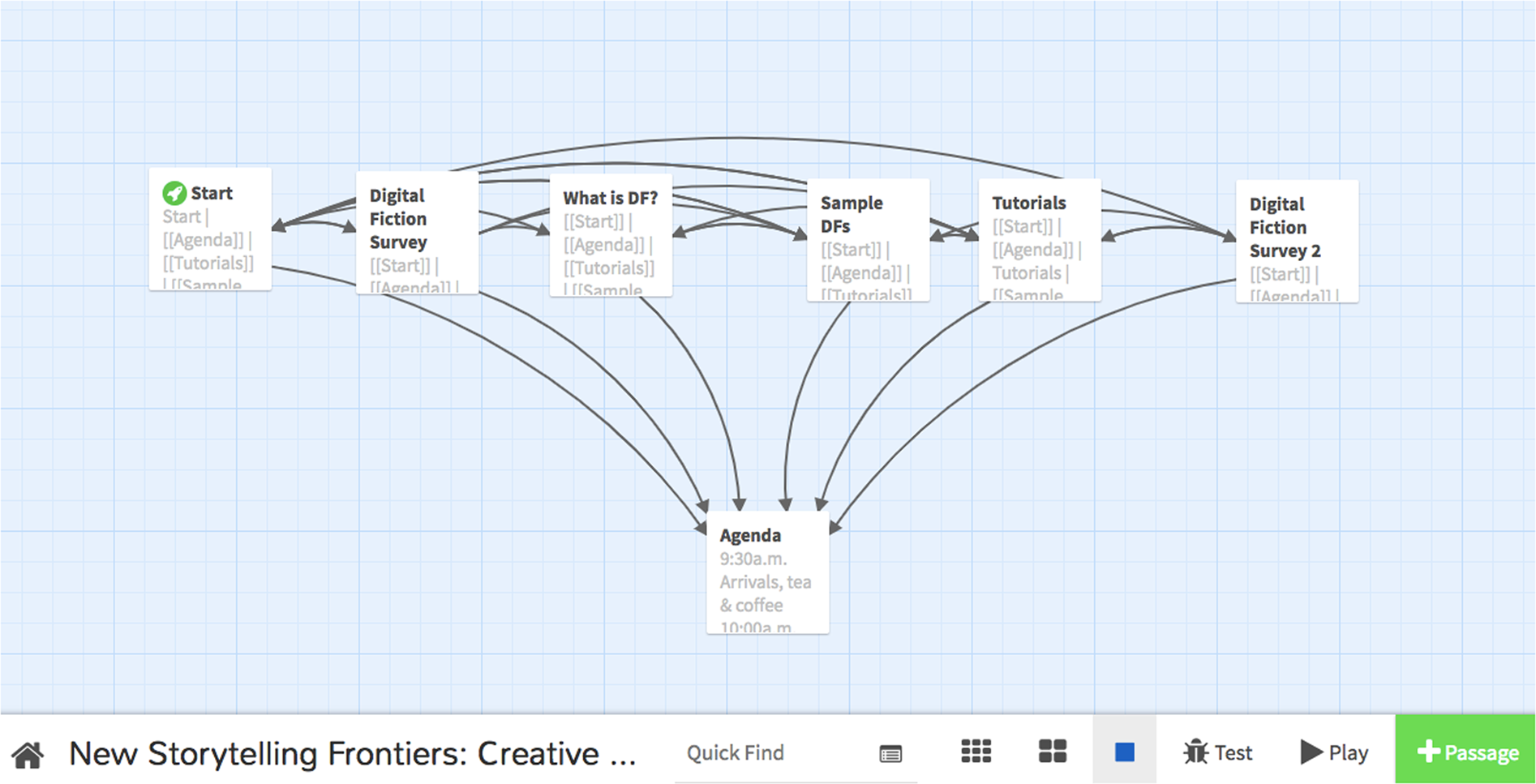For your first game vs book, you need to think about two things:
One, think short. It will end up longer than you think anyway.
Two, think of it like a pine, not an oak.
You can structure it much like a book, that is the trunk of the story. You need to have that there, and it need to be solid. It’s very easy to get lost in the narrative, especially at the start. One beginning, one end, one main character, all the important other characters.
It’s not that you need to have this written out in detail, but you need the broad strokes. I would say you need them even more than you do when you write a book, because you’re going to have to know where you’re going in order to control the choices. So nail that larger narrative first, be sure what you want to say!
Then, you can start adding the big choices. Since this is a first book, I recommend no big ones until you’re in the endgame. By big choices, I mean things that greatly change the narrative, and won’t cut back to the main trunk in the same chapter. Think of it like that pine splitting in two near the top.
The medium choices are the meat of the book. They will influence a lot of how things go, even if the scenes might be superficially similar. Quitting the police force to pursue the killer as a private detective still sticks to the main narrative, but changes many of the scenes and resources. These are things that you need to think about, because every medium choice the character makes will stack up. This is what makes a 300 000 word story turn into a 70 000 word read,. Think of them like options you want your character to be able to explore, be sparing with them, they are easier to add as you go than to remove.
The majority of your story will consists of little choices. Those I seldom plan in detail, they mostly appear when I write. Things like if you want to break into the building, or just knock on the door. Which characters you want to befriend, and which ones will hate you. How a dialog goes. Often they are born when I go “wouldn’t it be cool if” as I write, and as long as it doesn’t take things out of bounds, it’s fine.
Finally are the cosmetic choices, the ones that doesn’t need to have any effect other than letting the reader build their own person. Things like looks, name, gender and so on.
In my opinion, the first thing you should do is to decide what the story is that you want to tell, and then figure out how to set the boundaries within which the readers are allowed to deviate.








 .
.
 but I guess a mix of planning and improving.
but I guess a mix of planning and improving.
